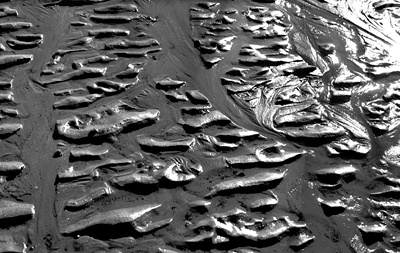All Nonfiction
- Bullying
- Books
- Academic
- Author Interviews
- Celebrity interviews
- College Articles
- College Essays
- Educator of the Year
- Heroes
- Interviews
- Memoir
- Personal Experience
- Sports
- Travel & Culture
All Opinions
- Bullying
- Current Events / Politics
- Discrimination
- Drugs / Alcohol / Smoking
- Entertainment / Celebrities
- Environment
- Love / Relationships
- Movies / Music / TV
- Pop Culture / Trends
- School / College
- Social Issues / Civics
- Spirituality / Religion
- Sports / Hobbies
All Hot Topics
- Bullying
- Community Service
- Environment
- Health
- Letters to the Editor
- Pride & Prejudice
- What Matters
- Back
Summer Guide
- Program Links
- Program Reviews
- Back
College Guide
- College Links
- College Reviews
- College Essays
- College Articles
- Back
Space Finding
Our galaxy, the Milky Way, is one of many galaxies in the universe. All of the galaxies next to the Milky Way are called the Local Group. For many years, scientists thought that the Milky Way was about half as massive as Andromeda, a galaxy in the Local Group. They also thought the Milky Way was spinning slower than our neighbors. It is actually about 50 percent more massive and spinning about 100,000 miles per hour faster than scientists had believed. Size and speed are connected: the more mass a galaxy has, the faster it spins. It is one of the fastest and most massive in the Local Group. That is as much mass as mass as roughly 3 trillion suns. Now we are tied with Andromeda, for being the largest member of the Local Group. These measurements also mean that Milky Way will smash into Andromeda earlier than astronomers thought.
In space, cosmic objects send out radio waves, which we can use to locate objects. With a light telescope, an astronomer can’t see through thick layers of dust in space. When they use radio telescopes, dust doesn’t bother them, because they can hear what’s going on in space. Astronomers listen to regions of a galaxy where the radio waves are increased by clouds of methanol gas. By measuring how fast the region moves through the sky, scientists are able to calculate the speed of the galaxy. And from the speed, they are able to estimate the mass.
It may take awhile but we are one step closer to being able to map out our galaxy. When that happens, we have a chance of truly understanding our universe.

Similar Articles
JOIN THE DISCUSSION
This article has 0 comments.